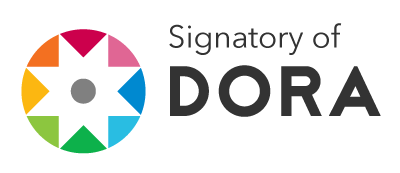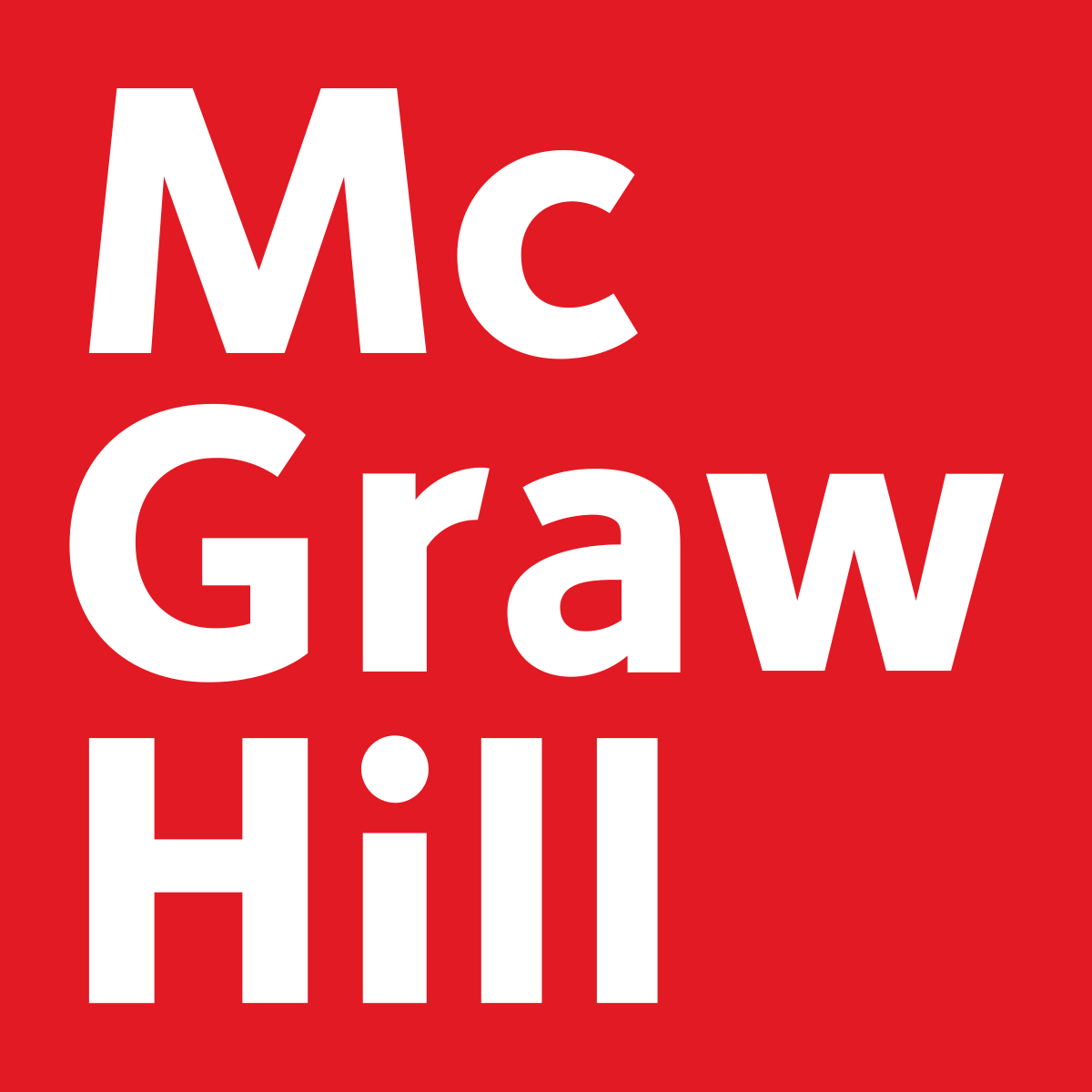Impacts of Physical Treatment in Communicate Skills in Autism Spectrum Disorder: Preliminary Results
DOI:
https://doi.org/10.37467/gka-revedu.v4.206Keywords:
Autism Spectrum Disorder (TEA), Motor Treatment, Language, Musical Support, Communication SkillsAbstract
The study of the treatment in people with TEA (Autism spectrum disorder) has been development for the last few years. In this paper, we reflect how physical treatment and musical support can increase the development of communication skills in a group of 27 subjects diagnosed as TEA. The results show that there are differences between the pilot and control groups with significant evidences improvements in the variables study, qualitative and quantitative.
Downloads
Global Statistics ℹ️
|
3229
Views
|
1853
Downloads
|
|
5082
Total
|
|
References
American Psychiatric Association. (2001). DSM-IV-TR: Manual Diagnóstico y Estadístico de los Trastornos Mentales . Barcelona, España: Masson.
American Psychiatric Association. (2014). Diagnostic and statistical manual of mental disorders, (DSM-5) . Arlington, Estados Unidos: APA. DOI: https://doi.org/10.1176/appi.books.9780890425596
Baca Lobera, A. L. y Ríos Orlandi, Y. (2005). Sesiones de psicomotricidad relacional educativa con niños con problemas generalizados del desarrollo y sus madres . Revista iberoamericana de psicomotricidad y técnicas corporales, (18), 5-18.
Bermell, M. A. (2001). Atención a la diversidad a través del ritmo y la danza. Música y Educación. (36), 101-116.
Burton, W. A. y Miller, E. D. (1998). Movement skills assesment . Champaing, Estados Unidos: Human Kinetics.
Dunn, L. M. y Dunn, L. M. (1997). PPVT-III: Peabody Picture Vocabulary Test . Circle Pines, Estados Unidos: American Guidance Service. DOI: https://doi.org/10.1037/t15145-000
Dunn, L. M. y Dunn, L. M. (2006). PPVT-III PEABODY. Test de vocabulario en imágenes Peabody (Adaptado por Arribas, D.) . Madrid, España: TEA.
Ferrante, L., Panerai, S., Caputo, V., y Impellizzeri, C. (1998). Primeras experiencias sobre la puesta en práctica de los principios y estrategias del programa Teacch en Sicilia. En V Congreso Internacional Autismo-Europa, La esperanza no es un sueño (917-925).
Gómez Rodríguez, O. (2013). La motricidad en TEA-AF y SA: Propuesta para la mejora del déficit motor y de la interacción social . Recuperado el 14 de abril de 2015, de http://uvadoc.uva.es/handle/10324/3817
Gómez, M. F. (1995). El autismo y la música. En Actas del VIII CONGRESO “Autismo: La respuesta educativa”, p. 273- 280.
Leganés Lavall, E. N. (2012). La música como terapia complementaria en la mejora de la comunicación y el lenguaje autista . Psicologia.com, 16 (6). Recuperado el 23 de abril de 2015, de http://hdl.handle.net/10401/5457 .
Levinson, L. J. y Reid, G. (1993). The effect of exercise intensity on the stereotyped behavior of individuals with autism . Adapted Physical Activity Quarterly, 10 , 255-268. DOI: https://doi.org/10.1123/apaq.10.3.255
Olaya, L. A. y Otálora, M. C. (2011). De la motricidad a la diversidad funcional . Revista Corporeizando, 1 (5), 53-62.
Prupus, A. y Reid, G. (2001). Effects of exercise frequency on stereotypic behaviors of children with developmental disabilities . Education and Training in Mental Retardation and Developmental Disabilities, 36 , 196-206.
Puerta-Melguizo, C., Macizo Soria, P., Bajo Molina, M. T. y Gómez- Ariza, C. J. (2000). Cognición musical . Relaciones entre música y lenguaje, Cognitiva, 12 (1), 63-88. DOI: https://doi.org/10.1174/021435500760374012
Quintela Díaz, U. (2009). Programa de intervención de audición y lenguaje en un alumno con necesidades educativas especiales asociadas a autismo . Revista Digital Ciencia y Didáctica (25), 135-145.
Reid, G. y Collier, D. (2002). Motor behavior and the autism spectrum disorders. Palaestra, 18 (4), 20-44.
Vega, A. (2005). Autismo y Educación Física: una experiencia en el centro de día de Alfahar. Tándem, 19, 92-98.
Vitoria Gallastegi, J. R. (2005). Evaluación musical y desarrollo psicolingü.sitico de personas con necesidades educativas especiales . Revista psicodidáctica, 10 (2).
Wigram, T. y Gold, C. (2006). Research evidence and clinical applicability of music therapy for autism spectrum disorder . Child Care: Health and development, 32 (5), 535-542. DOI: https://doi.org/10.1111/j.1365-2214.2006.00615.x
Downloads
Published
How to Cite
Issue
Section
License
Those authors who publish in this journal accept the following terms:
-
Authors retain copyright.
-
Authors transfer to the journal the right of first publication. The journal also owns the publishing rights.
-
All published contents are governed by an Attribution-NoDerivatives 4.0 International License.
Access the informative version and legal text of the license. By virtue of this, third parties are allowed to use what is published as long as they mention the authorship of the work and the first publication in this journal. If you transform the material, you may not distribute the modified work. -
Authors may make other independent and additional contractual arrangements for non-exclusive distribution of the version of the article published in this journal (e.g., inclusion in an institutional repository or publication in a book) as long as they clearly indicate that the work was first published in this journal.
- Authors are allowed and recommended to publish their work on the Internet (for example on institutional and personal websites), following the publication of, and referencing the journal, as this could lead to constructive exchanges and a more extensive and quick circulation of published works (see The Effect of Open Access).













